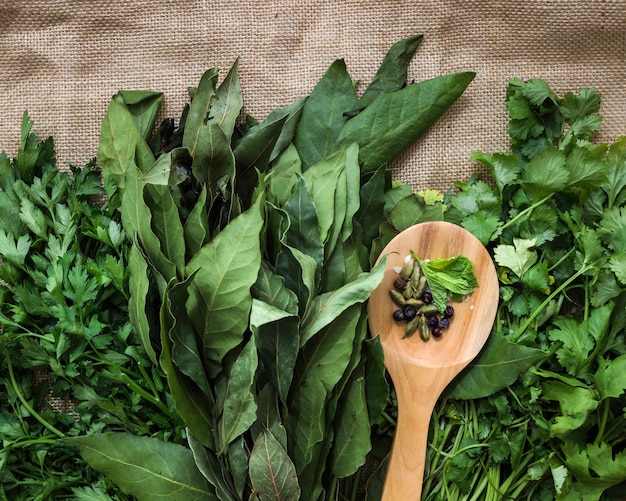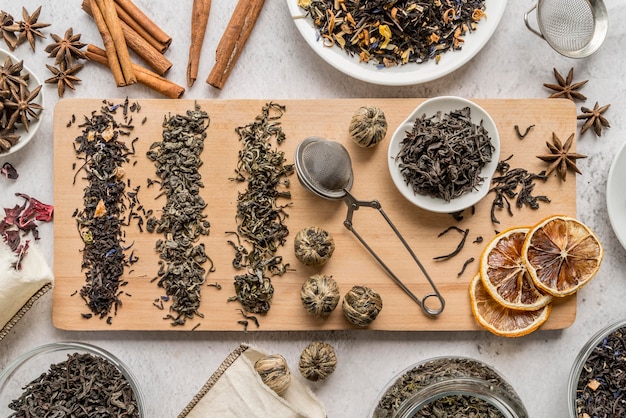Ask Ayurvedic doctor a question and get a consultation online on the problem of your concern in a free or paid mode. More than 2,000 experienced doctors work and wait for your questions on our site and help users to solve their health problems every day.
Shop Now in Our Store
Artiban Forte – Ayurvedic Supplement for Joint Health and Pain Relief

Introduction to Artiban Forte
Artiban Forte is a potent Ayurvedic formulation designed to support joint health and provide relief from pain and inflammation. This supplement is commonly used to manage conditions like arthritis, osteoarthritis, and other musculoskeletal disorders. Artiban Forte combines a blend of powerful Ayurvedic herbs that work synergistically to reduce inflammation, improve joint flexibility, and promote overall joint health. With its natural ingredients, Artiban Forte provides a holistic approach to managing joint-related issues without the side effects commonly associated with synthetic pain relievers.
Historical Roots & Ayurvedic Significance
Ayurveda has long been used to address musculoskeletal conditions, including joint pain and stiffness. In Ayurvedic medicine, joint disorders are primarily associated with imbalances in the Vata dosha, which governs movement in the body. Artiban Forte is formulated with a combination of herbs that specifically target the Vata imbalance, reduce inflammation, and support the regeneration of joint tissues. Ayurvedic texts emphasize the use of natural ingredients to alleviate pain, restore mobility, and improve the overall health of the joints.
Key Components & Therapeutic Benefits
1. Ashwagandha (Withania somnifera)
Ashwagandha, known as the "king of herbs," is a potent adaptogen that helps reduce stress, boost energy, and enhance overall vitality. In the context of joint health, Ashwagandha is effective in reducing inflammation and muscle stiffness, making it beneficial for conditions like osteoarthritis and rheumatoid arthritis. It also supports the immune system and promotes general well-being.
2. Guggulu (Commiphora wightii)
Guggulu is a resin from the Commiphora tree that has been used in Ayurveda for centuries to treat joint pain and inflammation. It is known for its anti-inflammatory and analgesic properties, making it an effective herb for managing arthritis and other joint-related disorders. Guggulu helps reduce pain, improve circulation, and stimulate the regeneration of cartilage in the joints.
3. Shallaki (Boswellia serrata)
Shallaki, or Boswellia, is a well-known herb in Ayurveda for its powerful anti-inflammatory properties. It helps reduce joint swelling and stiffness, making it particularly effective for individuals with arthritis. Shallaki improves joint mobility and is often used to treat chronic inflammatory conditions, including osteoarthritis and rheumatoid arthritis.
4. Turmeric (Curcuma longa)
Turmeric, known for its active compound curcumin, has long been revered for its anti-inflammatory and antioxidant properties. Curcumin helps reduce inflammation in the joints, alleviates pain, and promotes healing. It also supports the immune system and aids in detoxifying the body, making it an essential ingredient in Artiban Forte.
5. Nirgundi (Vitex negundo)
Nirgundi is a powerful herb used in Ayurvedic medicine to treat pain and inflammation. It has analgesic properties that help relieve joint pain, muscle spasms, and stiffness. Nirgundi is also known for its ability to reduce swelling in the joints, making it an excellent remedy for arthritis and other musculoskeletal disorders.
6. Shatavari (Asparagus racemosus)
Shatavari is an adaptogenic herb that supports overall vitality and helps strengthen the immune system. It is particularly beneficial for women’s health but is also effective in supporting joint health. Shatavari helps reduce inflammation and improves joint mobility, making it a valuable addition to Artiban Forte.
How Artiban Forte Works: The Science Behind the Supplement
Artiban Forte works by targeting the root causes of joint pain and inflammation through its combination of powerful Ayurvedic herbs. The active compounds in these herbs help reduce inflammation, improve blood circulation, and support the regeneration of joint tissues. Ashwagandha and Shatavari work as adaptogens, enhancing energy and reducing stress, which can exacerbate joint discomfort. Guggulu, Shallaki, and Nirgundi target inflammation and swelling, helping to restore joint function and mobility. Turmeric and its active compound curcumin help to detoxify the body, reduce oxidative stress, and promote healing in the joints.
Choosing the Right Artiban Forte & Guidance
When considering Artiban Forte for joint health, it is important to consult an Ayurvedic practitioner to determine the appropriate dosage and ensure it is suitable for your specific condition. An experienced practitioner will take into account your Prakriti (body constitution) and imbalances to provide personalized recommendations. Artiban Forte should be used alongside a healthy lifestyle, including a balanced diet, regular physical activity, and proper hydration, to enhance its effectiveness.
Recommended Dosage & How to Use Artiban Forte
The typical dosage of Artiban Forte depends on the individual’s health condition and the severity of joint issues. Generally, it is recommended to take:
- Dosage: 1-2 tablets twice a day, preferably after meals with warm water or as directed by your Ayurvedic practitioner.
- Duration: The duration of treatment may vary, but it is typically recommended to use Artiban Forte for 4-6 weeks for noticeable results. Chronic conditions may require longer use.
- Combination with Other Treatments: Artiban Forte can be combined with other Ayurvedic remedies such as Triphala for digestive health or Guggulu for enhanced anti-inflammatory effects.
Potential Side Effects & Precautions
Artiban Forte is generally safe when used as directed, but there are a few precautions to keep in mind:
- Pregnancy & Nursing: Pregnant or breastfeeding women should consult an Ayurvedic practitioner before using Artiban Forte.
- Allergic Reactions: While rare, some individuals may experience mild allergic reactions to ingredients like Turmeric or Guggulu. A patch test or consultation with a practitioner is recommended before use.
- Digestive Sensitivity: Some individuals may experience mild digestive discomfort, such as bloating or gas, especially when starting the supplement. If this occurs, reduce the dosage or discontinue use and consult your practitioner.
Frequently Asked Questions for Artiban Forte
What is Artiban Forte used for?
Artiban Forte is primarily used to support joint health, alleviate pain, and reduce inflammation caused by conditions like arthritis, osteoarthritis, and other musculoskeletal disorders.
How does Artiban Forte work?
Artiban Forte works by reducing inflammation, improving blood circulation, and supporting the regeneration of joint tissues through a combination of Ayurvedic herbs such as Guggulu, Shallaki, and Turmeric.
How should I take Artiban Forte?
The recommended dosage is 1-2 tablets twice a day with warm water or as advised by your Ayurvedic practitioner. It is best to take it after meals for optimal absorption.
Are there any side effects of Artiban Forte?
Artiban Forte is generally safe, but some individuals may experience mild digestive discomfort or allergic reactions to certain herbs. Always consult a practitioner before use.
How long does it take to see results from Artiban Forte?
Results typically become noticeable within 4-6 weeks of consistent use. Chronic conditions may require longer use for maximum benefits.
Can Artiban Forte be used alongside other medications?
Artiban Forte can generally be used alongside other medications, but it’s important to consult your doctor or Ayurvedic practitioner to avoid any potential interactions.
Where can I purchase Artiban Forte?
Artiban Forte can be purchased from certified Ayurvedic practitioners, reputable Ayurvedic pharmacies, or trusted online stores that specialize in Ayurvedic products.
Conclusion & Expert Insights
Artiban Forte is a powerful Ayurvedic supplement designed to support joint health, reduce inflammation, and alleviate pain. With its blend of natural herbs like Guggulu, Shallaki, Turmeric, and Ashwagandha, Artiban Forte provides a holistic approach to managing joint disorders and improving overall mobility. By consulting with an Ayurvedic practitioner, individuals can create a personalized treatment plan to complement their joint health needs and experience relief from conditions such as arthritis and osteoarthritis.
References & Further Reading
- Sharma, P.V. (1995). Ayurvedic Healing: A Comprehensive Guide.
- Lad, V. (2002). Ayurveda: The Science of Self-Healing.
- National Institute of Ayurveda:
- Journal of Ayurveda and Integrative Medicine for research articles on joint health and inflammation.
This article is checked by the current qualified Dr Sujal Patil and can be considered a reliable source of information for users of the site.



